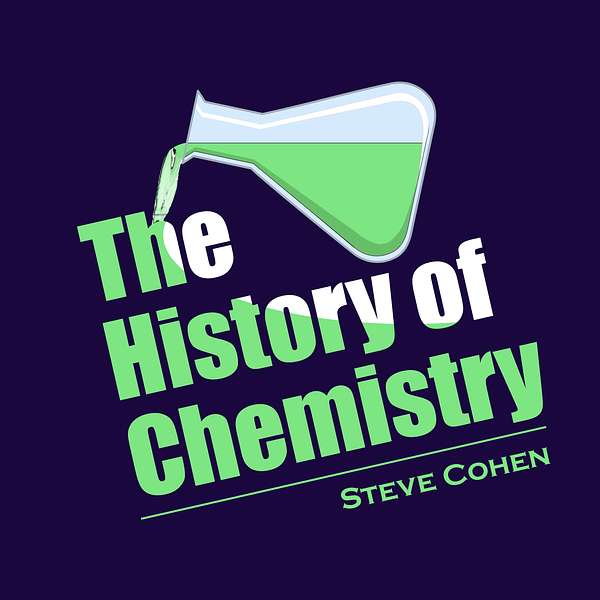
The History of Chemistry
Chemistry is everywhere, and involves everything. But how did chemistry get to be what it is? I'm Steve Cohen, a chemist and writer, bringing you The History of Chemistry. This podcast explores the development of chemistry from prehistoric times to the present, including the people and societies who made chemistry what it is today. The History of Chemistry is for you, whether you hated chemistry in high school, or got a PhD in inorganic chemistry. We'll explore how chemistry affected art, music, language, politics and vice-versa. Whether it's ancient Greek philosophers, medieval alchemists, or modern laboratory apparatus, it's all here. Don't forget to support my series at https://www.patreon.com/thehistoryofchemistry !
The History of Chemistry
119: Tiny but Mighty
•
Steve Cohen
•
Episode 119
We reach the point in our chemical history when microplastics were first recognized as a pervasive environmental pollutant. Visible plastic bits were first found by Edward Carpenter and K.L. Smith in the ocean back in 1972, and such detritus was confirmed all over the world's oceans over the next decades, resulting in the name "Eastern Garbage Patch" by 1997. Yet only in 2004 did Richard Thompson first study microscopic bits of plastic. In this episode we define a microplastic, and discuss various sources for microplastics. We talk of potential harm they do.
- Support my podcast at https://www.patreon.com/thehistoryofchemistry
- Tell me how your life relates to chemistry! E-mail me at steve@historyofchem.com
- Get my book, O Mg! How Chemistry Came to Be, from World Scientific Publishing, https://www.worldscientific.com/worldscibooks/10.1142/12670#t=aboutBook